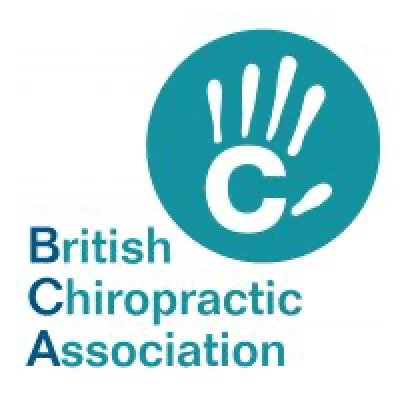What to Do for an Acute Gym or Sports Injury
Experiencing an acute injury in the gym or while playing sports can be both distressing and painful. Knowing the best action to take quickly and appropriately can help minimise damage and speed your recovery.
Here’s a step-by-step guide on what to do if you find yourself injured:
Step 1: React Quickly
Stop the activity:
As soon as you feel a pain onset that feels abnormal, stop what you’re doing. Continuing the activity can worsen the injury.
Remain calm:
It’s important to stay calm and composed. This is going to help you make a decision on the next step and quickly.
Step 2: Initial Care for the Injury
Check for serious signs:
Find where the pain is. Look for swelling, inability to move the affected area, or visible deformities. These signs indicate a potentially serious injury and further medical help is needed.
Shout for help:
If no one has seen you are injured, shout or call for help.
Implement R.I.C.E.
If the injury is not limb threatening, practise R.I.C.E
-Rest: Avoid using the injured area to prevent further damage.
-Ice: Apply ice to the injury for 15-20 minutes every hour. This helps reduce swelling.
-Compression: Use an elastic bandage to wrap the injured area. This helps control swelling, but make sure it’s not too tight.
⁃Elevation: Elevate the injured limb above heart level to reduce swelling.
Step 3: Seek Medical Help
Professional Assessment:
Visit a medical professional. At Tivoli Chiropractic clinic, our Sports Therapists or Physiotherapists can provide an accurate diagnosis, treatment plan and advise if further investigation is needed.
Emergency Care:
A severe injury, such as a fracture, dislocation, or significant bleeding will require you to go to the hospital.
Step 4: Post-Injury Management
Follow Medical Advice:
Adhere to the treatment plan provided by your practitioner. This may include rest and rehab, but advise will be tailored to your individual needs.
Gradual Rehabilitation:
Slowly reintroduce activity as per your practitioners advice. Start with gentle movements and gradually increase intensity to avoid re-injury.
Monitor Progress:
Keep track of your recovery. Note improvements and any setbacks. This can help your practitioner adjust your treatment plan if necessary.
Step 5: Prevent Future Injuries
Proper Warm-Up:
Always start with a warm-up before engaging in activity. This prepares your muscles and reduces the risk of injury.
Use Correct Technique:
Ensure you’re using the proper technique for exercises and sports activities. Poor form can lead to injuries.
Strength Training and Flexibility:
Incorporate strength training and stretching into your routine. Strong and flexible muscles are less prone to injury.
Listen to Your Body:
Pay attention to your body’s signals. If something doesn’t feel right, stop and assess the situation to prevent further injury.
Step 6: Mental and Emotional Well-being
Stay Positive:
It’s easy to get frustrated during recovery. Maintain a positive mindset and focus on what you can do rather than what you can’t
Adapt Your Activities:
Find alternative ways to stay active that don’t aggravate your injury. For example, if you have a leg injury, focus on upper body workouts.
Dealing with an acute injury in the gym or during sports requires prompt action, proper care, and a thoughtful approach to recovery. By following these steps, you can manage your injury effectively and it will help you to return to your activities stronger and more informed. Remember, prevention is key, so always prioritise safety and proper technique in your fitness routine.


























